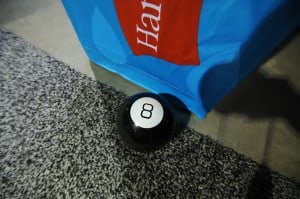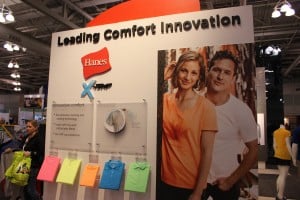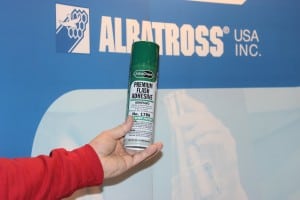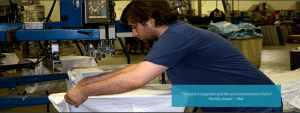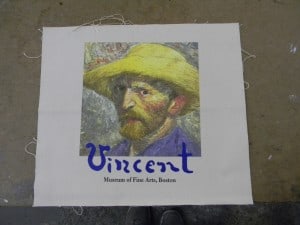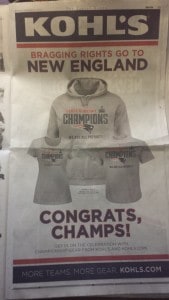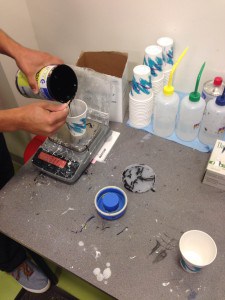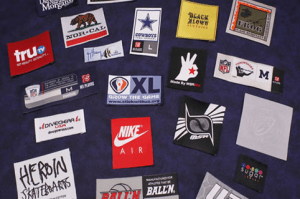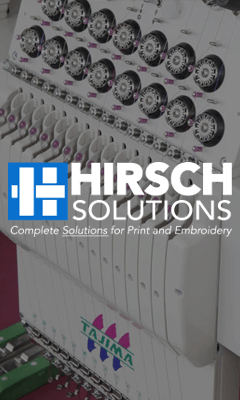Reflections at the End of the Trade Show Season – Part II
Here is my second post, some refections as the busy trade show season is mostly over. The biggest trends of the past ten years have been related to digital printing and to concerns about the effects of printing and garments on the environment. Developments in the environmental realm seem to have slowed down, but still do…
